Features and best telephoto lens models
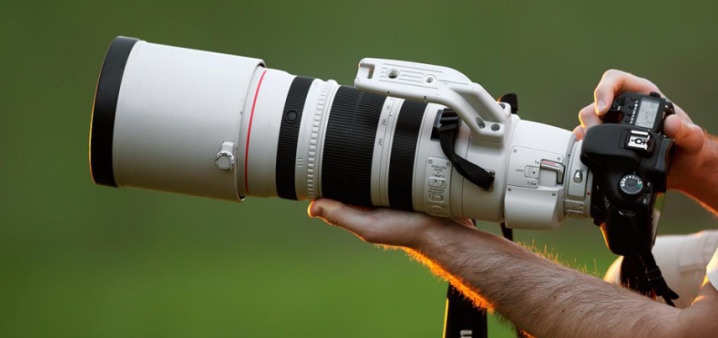
A telephoto lens is a type of telephoto lens that brings distant objects closer than normal to a distance. To multiply the quality of vision of the human eye, they use more lenses, which affects the length of the optics.
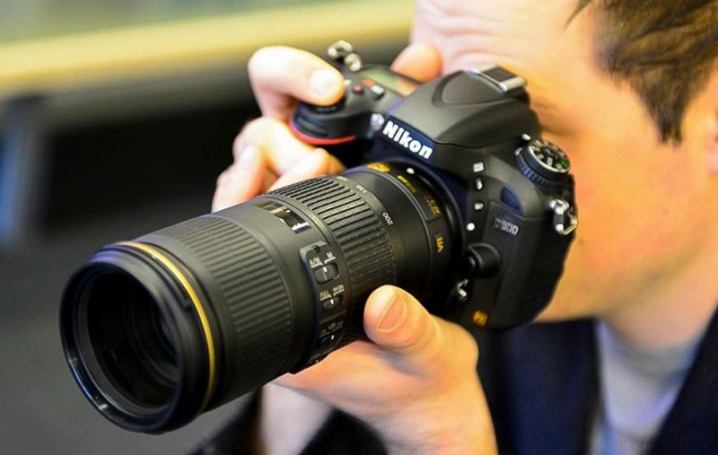
Peculiarities
Many people still confuse telephoto lenses with zooms, but in fact they are different things, because a telephoto lens is not necessarily a zoom lens. All of them, regardless of type, are divided:
- on lenses with fixed or fixed focus (for example, Canon EF 135mm f / 2L USM and Nikon 135mm f / 2D AF DC-Nikkor);
- more multifunctional with variable focus (zoom).

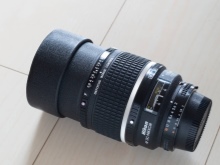
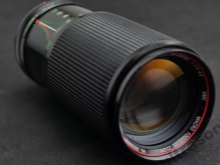
For comparison, in portrait lenses, the focal length (length of the optical system in mm) is approximately equal to the frame diagonal and averages 35–70 mm, while in long-focus lenses, on the contrary, it is much longer (100–2000 mm). Accordingly, the higher this characteristic, the less it fits into the frame, and, therefore, the greater the maximum magnification of the picture.
The most common telescopic lenses have a focal length of 70 to 300 mm.

but telephoto lenses should not be confused with telephoto lenses, since they are much more massive in size. Everything above 300 refers to super long focus, but in very rare cases, the maximum magnification exceeds 1 meter in length.
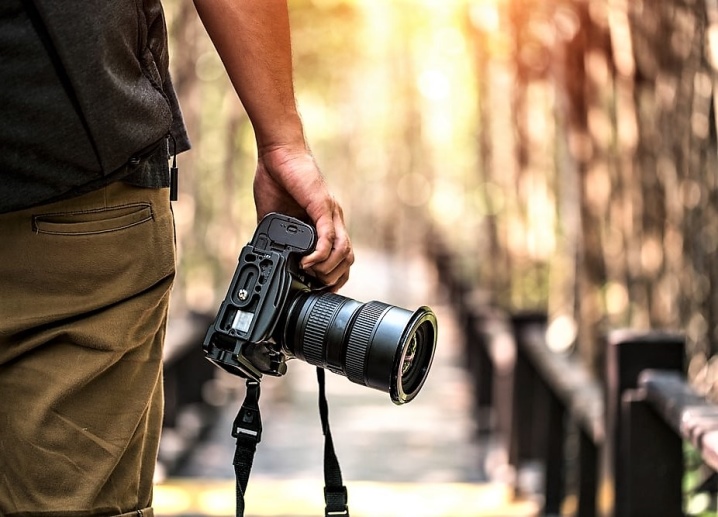
Telephoto lenses have become incredibly popular among both amateur and professional photographers. They are useful in a variety of situations and can help take your photography to the next level.
Their main effect is that, like a telescope, they allow you to clearly capture objects that are difficult to physically get close to: animals and sometimes insects, athletes in the arena, landscapes.
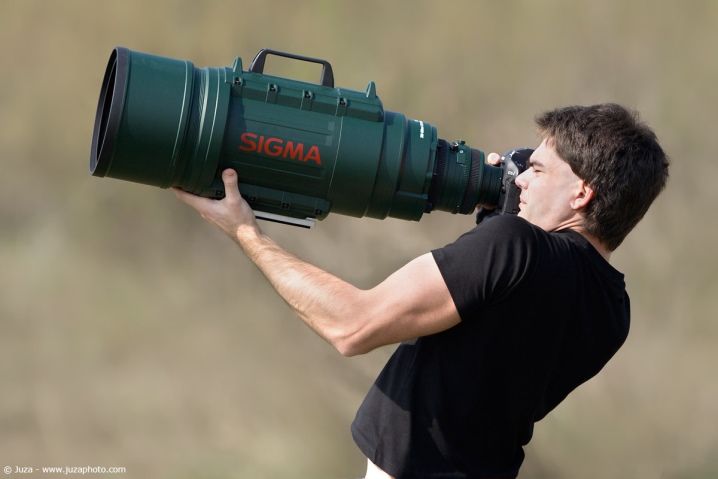
Advantages and disadvantages
The downside of telephoto lenses is that they are taken with a very narrow viewing angle of 30 to 40 degrees. For example, a person has a field of view of both eyes (starting only from achromatic or black-and-white indicators) 180 degrees. To use telephoto lenses effectively, you need to stay away from your subject. With a 150mm telephoto lens, you have to stand more than 50 meters away from a person in order to place them in the frame. And the longer it is, the smaller the field of view will be.

Telephoto lenses compress the entire image. Objects distant in real life will be displayed closer to each other in the image. This is neither a positive nor a negative quality - just an effect to be aware of.
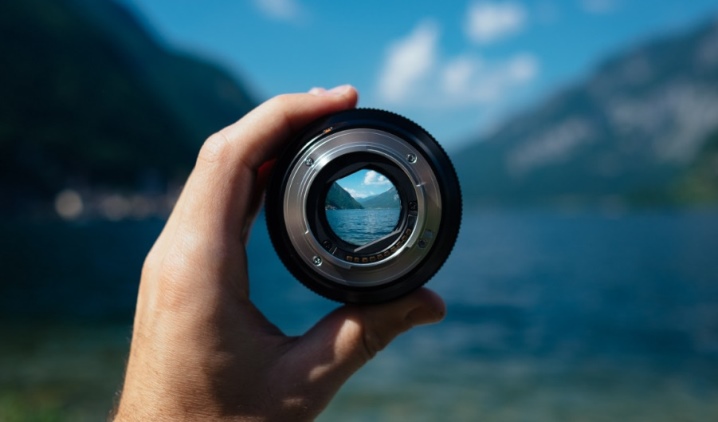
The pluses include the following characteristics.
- Telephoto lenses are great for getting close to a small point without the need to be physically close. It is very convenient for sports reports or photo hunting, where you cannot get close or you need to keep at a safe distance. They are used with great success in macro photography to get close-ups of insects or small animals, while the photographer stands on the sidelines.
- In good lighting, you will have ample depth of field at lower apertures. You can also choose wide apertures and faster shutter speeds for macro photography.
- Emphasizes the subject against an artistically blurred background (bokeh). This effect is achieved when shooting with a long lens and the widest aperture available. For example, a shot shot with a 200mm telephoto lens at f / 2.8 isolates the subject from a dreamily blurred background.Bokeh quality will be stronger compared to wide angle, even when shooting with a wide-angle lens at its widest aperture.
- Longer lenses allow you to shoot from a farther distance so that the foreground is perceptually compressed while the background remains unchanged. Help improve the visual relationship between an object and its surroundings, creating a squeezing effect similar to how our brains see it. Ridges located almost above the cityscape look better with a telephoto lens than with wide angles. This effect can also make facial features more proportional. Portrait photographers often have preferred lengths for different types of faces. Add beautiful bokeh to that and you have a great portrait photography tool.
- Ideal for travel because professional telephoto lenses are much bulkier, making them very awkward to handle.
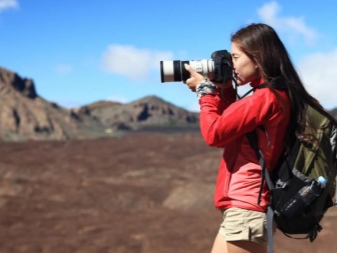
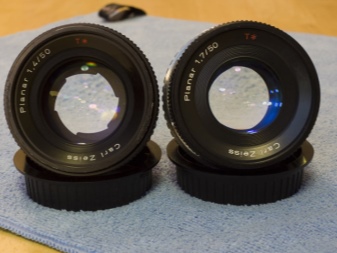
Minuses.
- Full-size telephoto sensors tend to make files that are too large and heavy, which will result in extremely fast filling of external storage devices.
- The limited size of the room gets in the way, so in tight spaces you won't be able to get enough distance to fit everything you need into the frame.
- Their device requires an increased shutter speed in order to get sufficient sharpness. This means they need a lot more light to get good photos, so using super long lenses at night is nearly impossible. In addition, even when using a tripod and stand handle (for the recumbent position), there is a high risk of blurry shots if the shutter speed is less than 1 / 200th of a second.
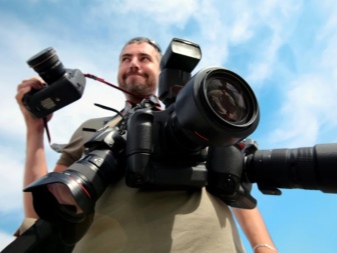
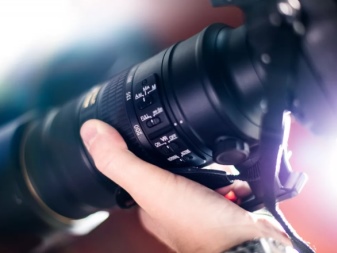
Popular models
Most of the available models are variable or zoom lenses, although a few simple fixed focus options can be selected if a portrait lens is needed. For example, focal length (FR) 85 mm great for portraits... Versatile telephoto lenses are popular with all photographers, from wedding and portrait photographers to sports and wildlife shooters.
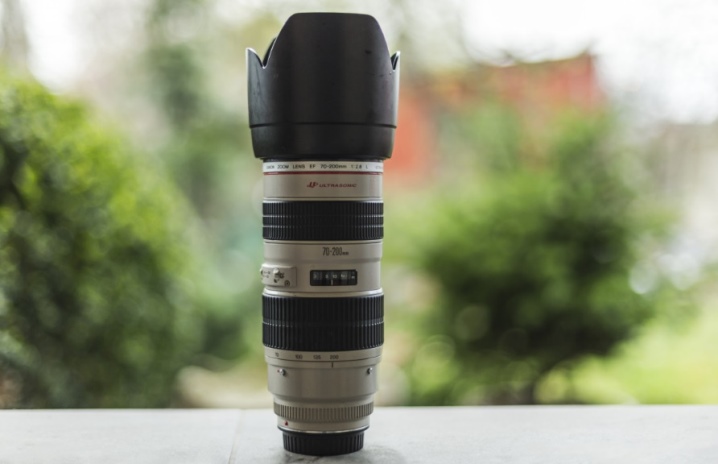
Canon and Nikon are some of the most popular professional grade lenses in the zoom range, and there is every reason for this. They focus quickly and create beautiful, sharp and colorful images with artistically blurred backgrounds.
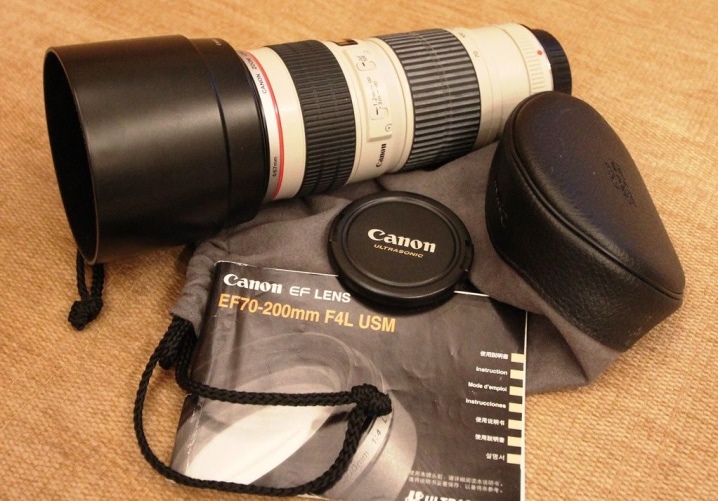
Standard use of focal lengths:
- 85mm - Portraits (Sigma 85 f / 1.4 Art for Canon, Nikon and Sony E Mount);
- 70-200mm - Portraits, Weddings, Sports, Wildlife (Canon 70-200 f / 2.8L IS II; Canon EF-S 55-250mm f / 4-5.6 IS STM; Canon EF 70-200mm f / 4 , 0L USM; Nikon 70-200mm f / 4.0G ED VR AF-S);
- 200-500mm - sports, weddings, wildlife (Nikon 200-500mm f / 5.6 ED VR; Nikon AF-S DX NIKKOR 55-300mm f / 4.5-5.6G VR).
70mm is handy so you can shoot not too far away, while 200mm is enough for long distance subjects.
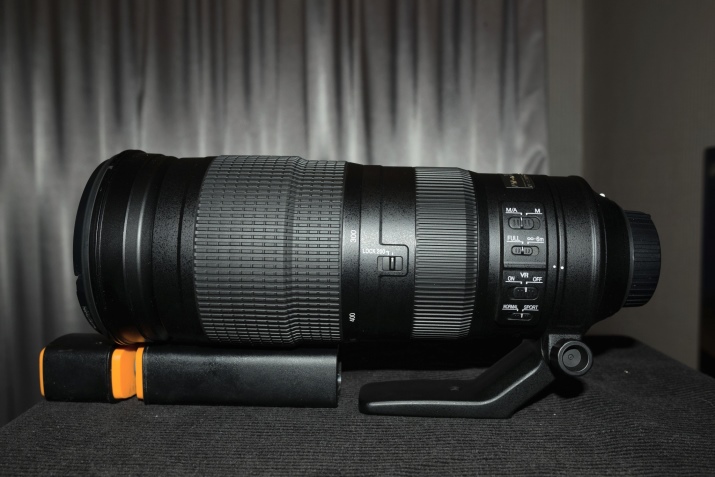
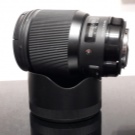
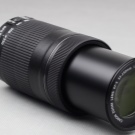
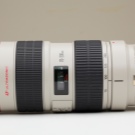
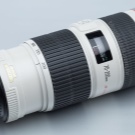
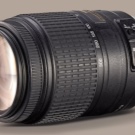
It should be understood that the FR is influenced not only by the length of the lens, but also by the type of matrix.
There are cameras with a full-size matrix FF (Full frame) and cropped, that is, crop (crop). For example, the popular APS-C matrix has 1.5 times less diagonal than full screen. At the same time, the dimensions of the latter are much larger than that of simpler ones. The presence of the crop factor divides the angle of the image field, using only the central part of the image when shooting. This will not be suitable for those who need a wide angle, as wide-angle lenses for macro photography become just normal when the frame is cropped. However, for telephoto lenses, the crop factor has certain advantages. For example, the FR of a 105 mm lens with a crop factor of 1.6 will be as much as 170 mm.
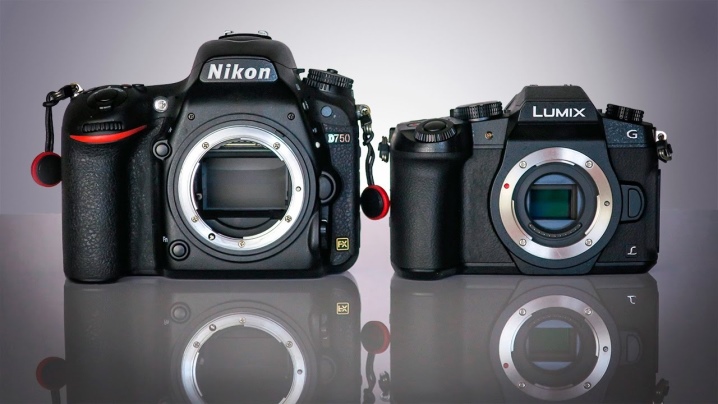
How to shoot?
Landscape photography is the scope of a wide-angle lens, its field of view over 90 degrees is great for landscape photography. But this is not the only tool.The wide range is more suitable for small elements of the starry sky or foreground with a classic landscape composition.
As with wide-angle landscapes, there are many different image layers to consider when shooting with a telephoto lens. (foreground and middle ground, background, subject, etc.). However, unlike wide shots, depth of field (DOF) is shallower, so use a wide aperture (f / 11 or f / 16) whenever possible. Wide apertures are useful for several reasons.
In low light, especially if you are shooting a moving subject or are not using any stabilization, shooting with a wider aperture will allow you to take a picture faster. In addition, it will help create images with a shallow depth of field and perform much better in dark environments.
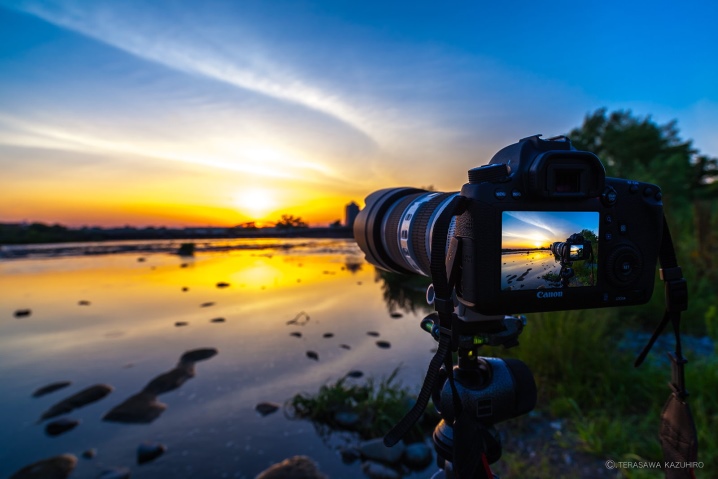
Landscapes
Many commonly used zooms such as the popular 24-70mm and 24-105mm retain significant depth of field even at fairly wide apertures (aperture diagonal)and the viewing angle is wide enough to include large landscape features such as long mountain ranges or river bends. Even a boring place can stand out no matter what camera you're shooting it with. The stunning view of a sunset or sunrise falling on mountain peaks will be stunning even when shooting with your smartphone. But not a single shot will work in low light.
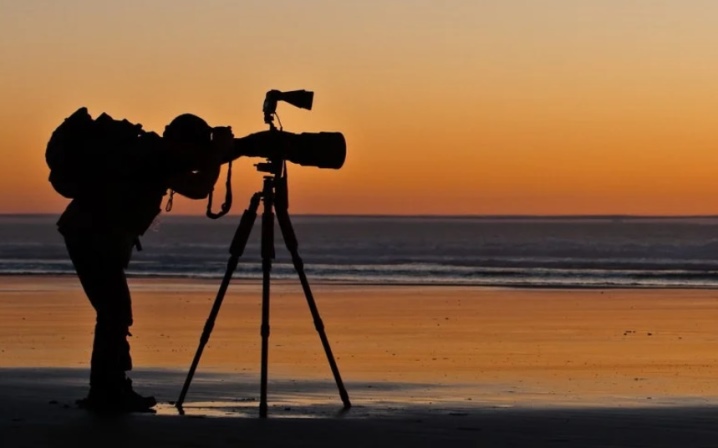
A tripod is one of the most important parts for landscape photography.... Even pressing the button produces a certain amount of vibration that can blur the frame, so ideally use a remote shutter release. With a 300mm lens, the foreground can become something completely abstract, and the object highlighted in the distance, instead of a shapeless piece of gray image, becomes clear and bright. Under favorable circumstances, a long FD will be a rescue tool for a landscape painter when a wide angle does not give the required definition.
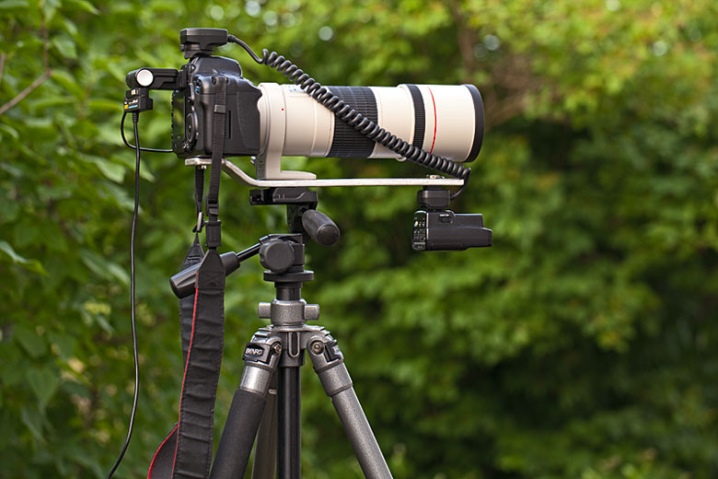
Telephoto lenses let you play with the patterns and fine details of distant landscape elements that are beautifully shown in context. Images captured in this focal range rarely have a high depth of field. It is small at most apertures and it can be difficult or impossible to maintain focus across all layers of an image. So choose your focus carefully and then compose your composition according to the story you want to tell.
The phased array can reduce the landscape, but in some cases the telephoto lens is useful for creating some atypical landscape images.
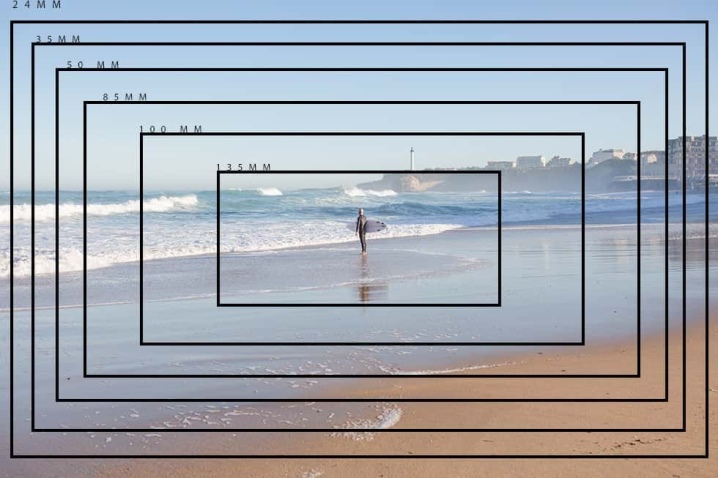
Portraits
If you have a full frame camera and don't have a close-up lens, you can't go wrong with 85mm phased array - one of the best for portraits... These models are versatile and relatively inexpensive. You can get close to the model and fill the frame with your face, or move away and grab the whole body. Even at the distance required to do this, you are still close enough to communicate and guide her. Try this with a 200mm lens at a distance, it is much more difficult.
Medium RF helps to create a sense of intimacy in portraits that is more difficult to achieve with longer focal lengths.

You can try a popular technique for portraits. Find what you can shoot the model through, such as grass, flowers, or tree leaves, using a wide aperture to take it out of focus. Telephoto lenses are useful not only for isolating part of the landscape and creating flatter and more minimalist landscape compositions, but also for street and travel photography. They allow you to keep a short distance from your subject, adding more background. If you want to capture someone on the street, you can do so without getting too close to the person's personal space.
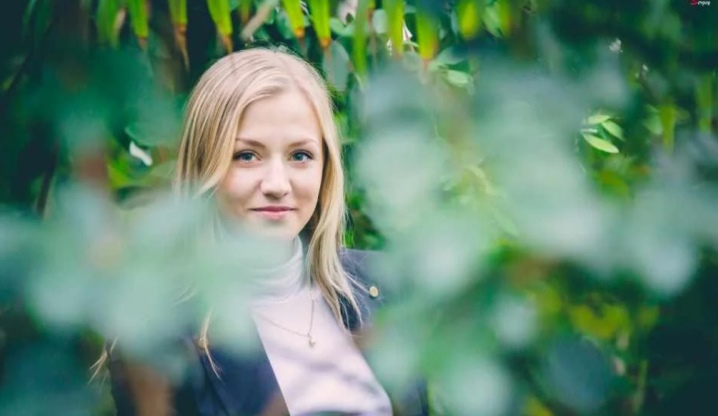
Macro photography
All the best macro photos are carefully composited so that all the elements in the frame are aesthetically pleasing. Therefore, the number one step is to simplify as much as possible. Start by choosing a theme to make one thing stand out. Once you find your subject, remove all the little things that distract from it. If there is something extra in the background, increase the background blur or change the viewing angle. With a very wide aperture, bokeh is amazingly beautiful.
The goal is to isolate the object in every possible way. The viewer must know exactly what to look at.
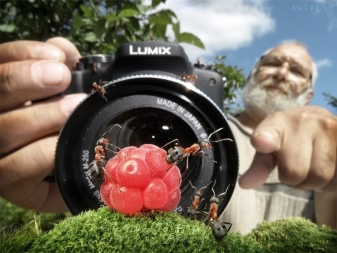
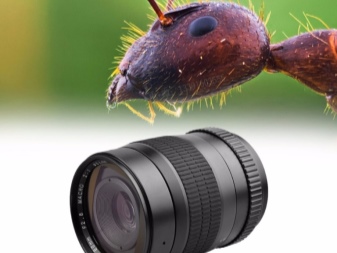
The background should be simple and uniform to complement the subject and help it stand out. But besides removing all the distracting objects, you also need to remove all the distracting colors. Their excess in the macro creates chaos, so there cannot be more than three of them, in extreme cases - four.
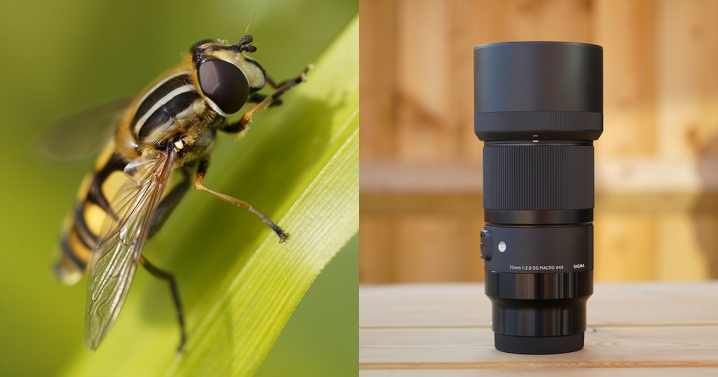
There is no perfect lens. This article provides guidance on choosing the right one for your needs, focusing on three main considerations: focal length, image quality, and price. The advantage of a longer working distance is the ability to use creative shooting techniques. However, these lenses are quite heavy, making it difficult to hold your hands for long periods of time. While most general purpose lenses produce high quality images, some of them meet certain requirements better than others.
If you're looking for a more serious camera and prefer hand-held shooting with more flexibility, use one of the mid-range lenses.
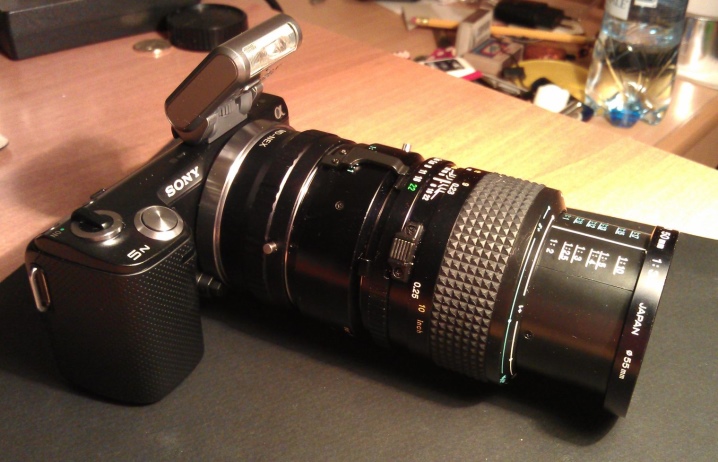
The following video provides an overview of the telephoto lens for the Canon EF 75-300 mm f / 4-5.6 III DSLR.













The comment was sent successfully.